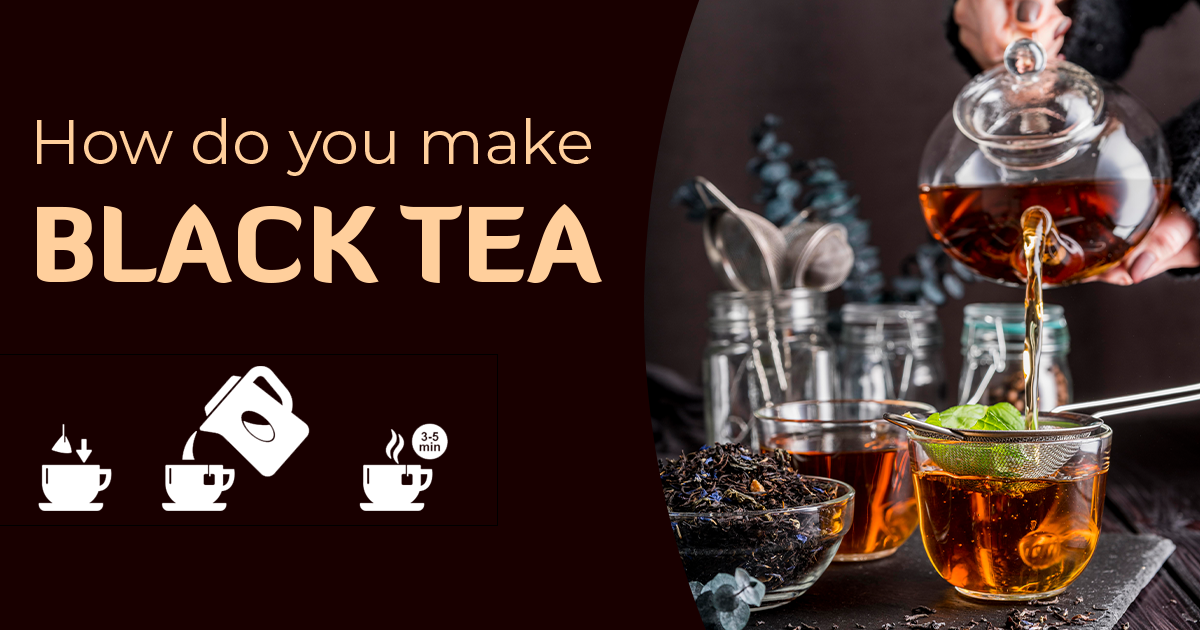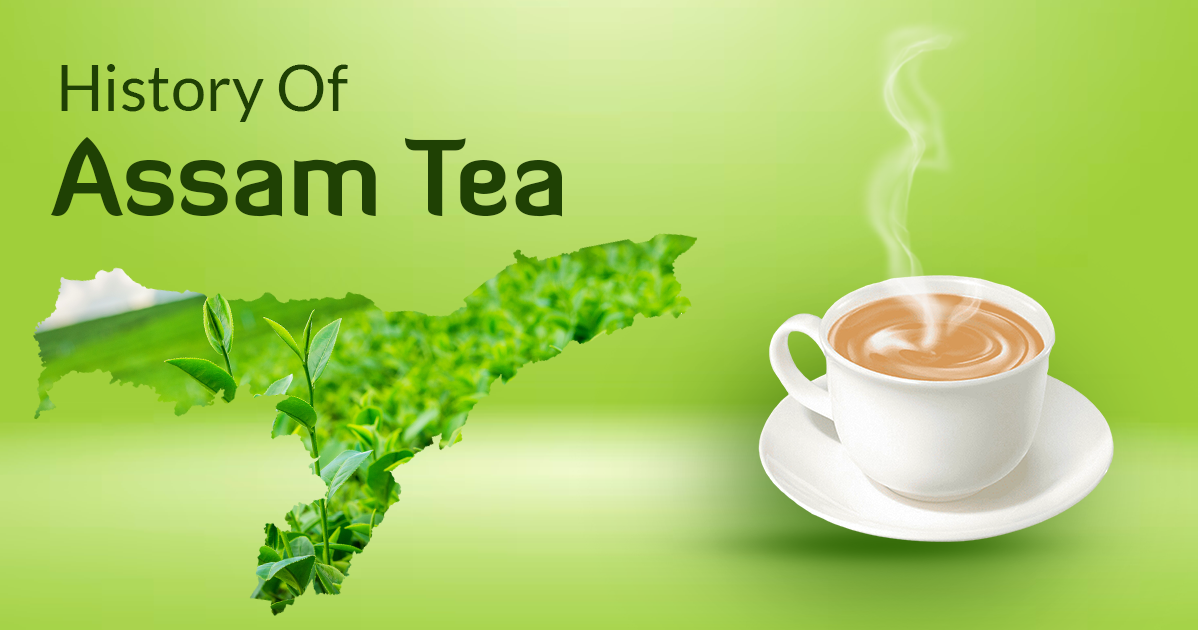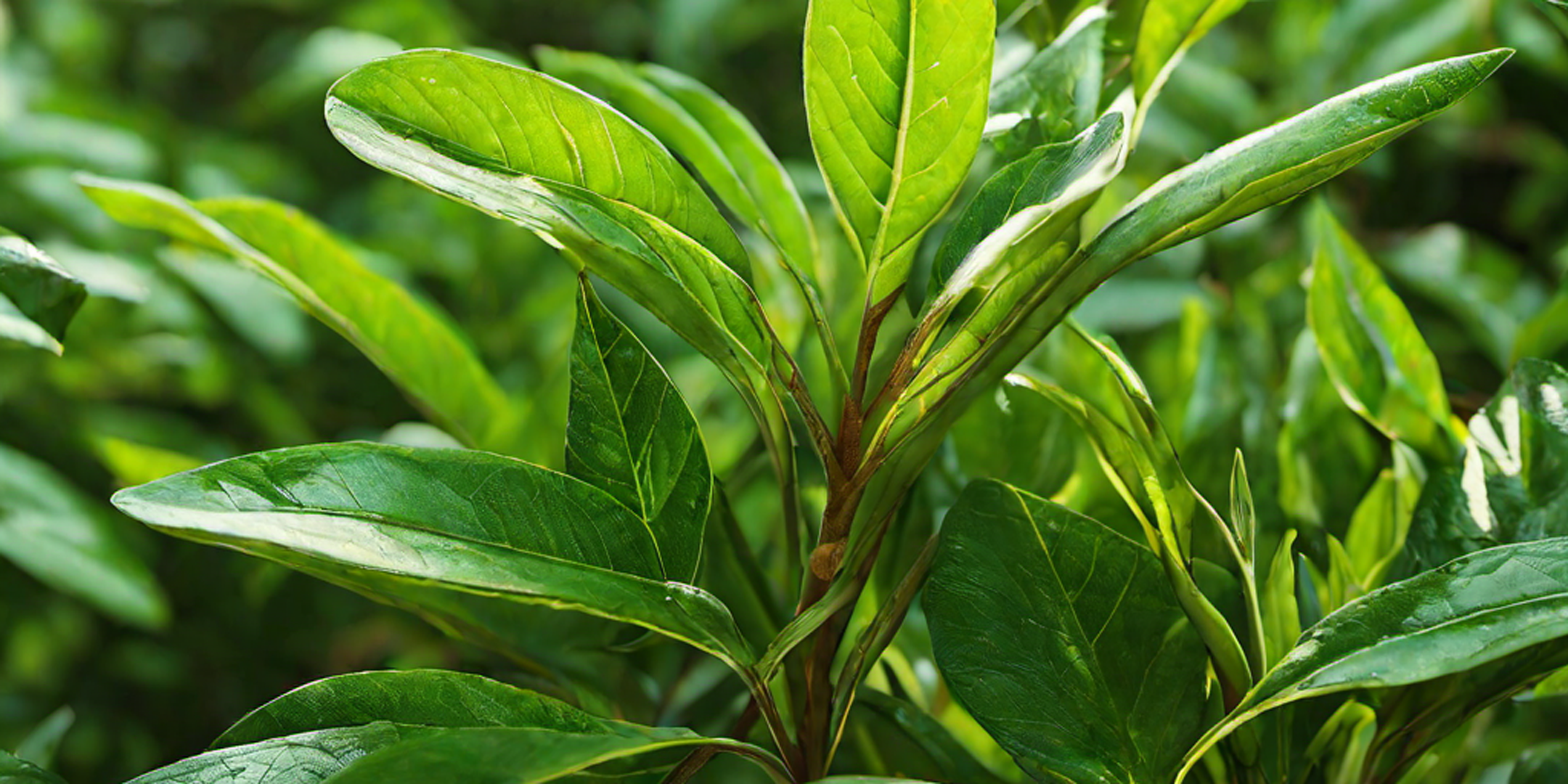Black tea is a beloved beverage enjoyed by many around the world, especially in the United Kingdom, where it is a cultural institution. In this discussion, we are going to explore the process of preparing black tea, covering everything from choosing the appropriate tea leaves to creating the ideal brew. Whether you prefer a strong cup of morning tea or a refreshing iced blend in the afternoon, this guide will equip you with the knowledge to make black tea like a pro.
The Basics of Black Tea
Black tea is an authentic tea that originated from the leaves of the plant Camellia sinensis plant. It is considered one of the strongest among the true teas, along with white tea, green tea, oolong tea, and aged pu-erh tea. These teas are unique because they come from the actual tea plant, while other tea types are derived from different plants.
Black tea is renowned for its health benefits. It is antioxidants rich, which help prevent cardiovascular disease and boost immune health. Additionally, black tea contains caffeine, providing an energizing effect. Its production process involves withering, oxidation, and drying. The leaves are rolled and nicked to allow enzymes to react with oxygen, resulting in a deep black color and rich flavor.
Types of Black Tea
Black tea is cultivated in various regions, including China, India, Sri Lanka, and Kenya. Each region produces distinct black tea varieties with unique flavor profiles. China is known for its fruity and floral black teas, such as Congou, Lapsang Souchong, Dianhong, and Keemun. India offers a range of black teas, including the full-bodied and malty Assam, the fruity and floral Darjeeling, and the intensely aromatic Nilgiri. Sri Lanka produces Ceylon tea, which boasts a wide flavor profile due to the multiple plantations at different elevations.
In addition to traditional black teas, there are numerous black tea blends available. English breakfast tea is a popular blend specially formulated to be enjoyed with milk and sugar. Earl Grey, another favorite, infuses black tea leaves with the citrusy flavor of bergamot. Masala chai, a famous Indian blend, combines black tea with spices for a flavorful and aromatic experience.
Brewing the Perfect Cup of Black Tea
Now that we understand the basics of black tea, let's delve into the art of brewing the perfect cup. While there is no one right way to brew tea, there are some guidelines to follow to ensure optimal flavor and aroma.
Step 1: Choosing the Right Tea Leaves
Start by selecting high-quality tea leaves. Consider trying Uphaar Black Tea, a delightful blend that ensures that the tea stays fresh and aromatic for longer, preserving the natural flavor and aroma of the tea leaves. The taste of your brew can be significantly influenced by the quality of the tea leaves you use.
Step 2: Getting the Water Right
The quality of the water used to brew black tea is essential. If using tap water, briefly let it run cold to ensure it retains oxygen. Tea requires oxygen to steep properly, and tap water can lose its oxygen content if it stays in the pipes for a long time. For the best taste, use pure, filtered, or spring water.
Step 3: Choosing the Right Teapot
Select a teapot that retains heat well. Ceramic teapots are ideal as they can be used for brewing any type of tea. Cast iron teapots are also an option, providing excellent heat retention.
Step 4: Boiling the Water
Make sure the water is boiling before you put in the tea leaves. The ideal temperature for brewing black tea is between 200 and 212°F (93 and 100°C). If you have a tea kettle equipped with an integrated thermometer, it can assist you in reaching the ideal temperature. Otherwise, bring the water to a rapid boil, then immediately add the tea leaves.
Step 5: Steeping the Tea
Allow the tea leaves to steep in the boiling water for at least three to five minutes. Steeping for less than three minutes may result in weak, flavorless tea while steeping for longer than five minutes can lead to a bitter brew. The precise brewing duration may fluctuate depending on individual taste and the specific black tea variety being prepared. If you desire a strong brew, consider adding more tea leaves to the water instead of prolonging the steeping period.
Step 6: Straining and Serving
After the desired steeping time, remove the tea leaves from the teapot or strain the loose-leaf tea using a fine mesh strainer or cheesecloth. Pour the brewed black tea into a teacup or mug. If desired, you can add flavorings such as a slice of lemon, sweetener, honey, or milk. Take note that it is recommended to warm the milk slightly before adding it to the tea.
Additional Tips for Crafting the Ideal Brew
To enhance your black tea brewing skills, here are some additional tips and tricks:
- Experiment with different types of black tea to discover your preferred flavor profiles.
- Use a teaspoon or scale to measure the perfect amount of tea leaves for each cup. As a general rule, use 2 to 3 grams of tea per mug.
- Consider using a tea infuser or strainer to contain the tea leaves during steeping, ensuring easy removal when the desired flavor is achieved.
- Pay attention to water quality, as it greatly affects the taste of the tea. Avoid using distilled water, as it can make the tea taste flat. It is advisable to use fresh, unboiled water.
- If making iced tea, brew the tea using boiling water and allow it to cool to room temperature before serving over ice.
Conclusion: Enjoy The Perfect Brew
Now that you have mastered the art of making black tea, it's time to put your skills to the test. Remember to choose high-quality tea leaves, use the right water temperature, and steep the tea for the appropriate amount of time. With these helpful ideas and methods, you can relish a flawless cup of black tea, whether you like it hot or cold. So go ahead, savor the rich flavors and enticing aromas of black tea, and indulge in this timeless beverage.




